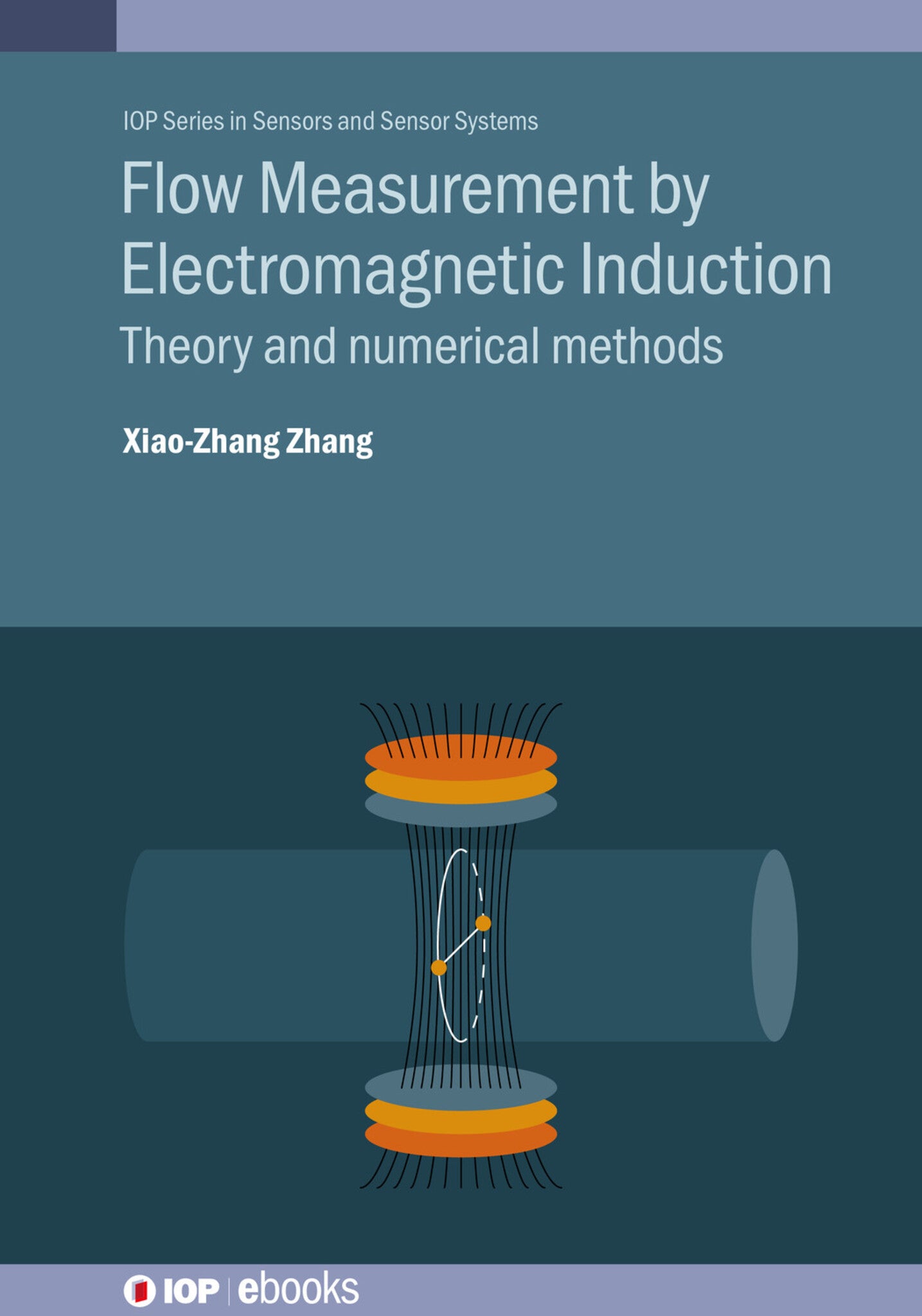We're sorry. An error has occurred
Please cancel or retry.
Flow Measurement by Electromagnetic Induction

Some error occured while loading the Quick View. Please close the Quick View and try reloading the page.
Couldn't load pickup availability
- Format:
-
19 November 2020

This book describes the basic principles of electromagnetic induction measurements and consolidates the outcomes of recent research. It encompasses pipeline electromagnetic flow meters, electromagnetic flow meters, multiphase flow electromagnetic flowmeters and flow field of electromagnetic induction reconstruction. Though theoretical in nature it does draw on experimental data and includes new research findings, especially in the areas of multiphase flow and flow reconstruction. With a focus on theory and computation in flow measurement by electromagnetic induction including traditional flowmeters in closed conduits, velocity probe, two-phase flow, velocity reconstruction and dry calibration it will be an invaluable resource for researchers and practising engineers. The book uses MATLAB® to introduce efficient numerical methods to model and simulate flows, sensor construction and geometry, and the effect of pipe materials.
Key Features
- A comprehensive review on all issues to do with EM flowmeters
- Includes latest research directions and findings
- Accompanying MATLAB® code
- A reference text for students, researchers, users and designers
- Industrial and commercial interest

TECHNOLOGY & ENGINEERING / Measurement, Engineering: Mechanics of fluids

This book would be a nice complement for those who use commercially available modeling software such as ANSYS or COMSOL to model EM flow. The book provides a lot of insight into the problems being modeled and can be used to improve not only the reader's understanding of the problem and the physics behind the model but also to improve a model.
John Shea, May-June 2022, IEEE Electrical Insulation Magazine
The Royal Society of UK offered me K C Wong fellowship to do research with Dr. Hemp J at Cranfield.
Tsinghua University, Cranfield University, Hohai University, Nanjing Aeronautical and Astronautical University once provided funds during my research on this topic.
Foreword
Acknowledgements
Nomenclature
1 Introduction
2 Basic equations and solution methods
3 Characteristics of EM flow meters in closed conduits
4 Electromagnetic velocity probe
5 Effect of Two-phase flow
6 Flow reconstruction
7 Dry Calibration
A Mathematical formulae
B Special functions and their properties
C ‘Alternating interaction’ method
D Symmetry and uniformity of weight function
E Some computation programs by Matlab



